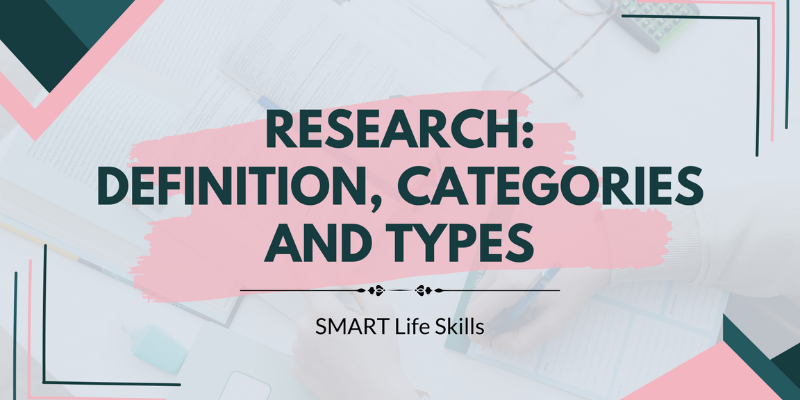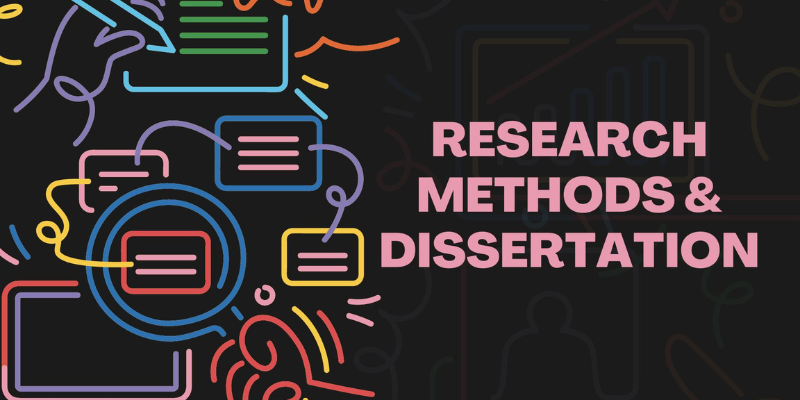Understanding consumer behaviour and psychology is vital for anticipating needs, tailoring services, and creating positive consumer experiences (Solomon, 2019). This comprehensive understanding involves exploring into the intricacies of consumer behaviour, preferences, and decision-making processes.
The Importance of Understanding Consumer Behaviour
In the realm of business, consumer behaviour analysis is crucial. It allows companies to understand what drives consumers’ decisions, which in turn enables the creation of more effective marketing strategies. According to Solomon (2019), businesses that comprehend the motivations behind consumer purchases can better meet consumer needs, enhancing satisfaction and loyalty. This is echoed by Kotler and Keller (2016), who argue that understanding consumer behaviour helps businesses to anticipate market trends and react proactively rather than reactively.
Consumer Behaviour and Preferences
Consumer behaviour encompasses the study of how individuals make decisions to spend their available resources on consumption-related items. This includes what they buy, why they buy it, when they buy it, where they buy it, how often they buy it, and how they use and dispose of these items. Schiffman and Wisenblit (2015) suggest that consumer preferences are influenced by a multitude of factors including cultural, social, personal, and psychological aspects. For instance, cultural factors involve values, perceptions, and behaviours that are learned from family and other key institutions, while social factors involve reference groups and family, which can significantly influence an individual’s purchasing decisions.
Psychological Influences on Consumer Behaviour
Psychological factors are among the most significant determinants of consumer behaviour. These include perception, motivation, learning, beliefs, and attitudes. Perception, for instance, is the process by which people select, organise, and interpret information to form a meaningful picture of the world (Kotler & Keller, 2016). Motivation, on the other hand, is about the driving forces within individuals that compel them to action, often guided by Maslow’s hierarchy of needs, which prioritises physiological, safety, social, esteem, and self-actualisation needs (Maslow, 1943).
Decision-Making Processes
The consumer decision-making process is typically broken down into five stages: need recognition, information search, evaluation of alternatives, purchase decision, and post-purchase behaviour (Engel, Kollat & Blackwell, 1968). Understanding these stages helps businesses to influence consumer decisions at various points. For instance, during the information search stage, businesses can provide targeted advertising and detailed product information to assist potential consumers in making informed decisions.
The Role of Digital Behaviour Analysis
In the digital age, analysing online consumer behaviour has become essential. Digital footprints, which include online browsing patterns, social media interactions, and e-commerce transactions, provide valuable insights into consumer preferences and behaviours. Chaffey and Smith (2017) highlight that digital marketing analytics tools can track these activities, helping businesses to understand consumer behaviour better and tailor their online strategies accordingly.
Case Studies and Applications
Several companies have successfully leveraged consumer behaviour analysis to improve their marketing strategies. For example, Amazon’s recommendation system uses algorithms that analyse consumer behaviour patterns to suggest products that consumers are likely to be interested in. This personalised approach has significantly enhanced user experience and increased sales (Smith, 2018).
Moreover, Starbucks has utilised consumer behaviour insights to refine its product offerings and enhance consumer experiences. By analysing purchase data and consumer feedback, Starbucks has been able to introduce new products and services that align with consumer preferences, thus maintaining high levels of consumer satisfaction and loyalty (Garthwaite, 2017).
Understanding consumer behaviour and psychology is paramount for businesses aiming to create positive consumer experiences and remain competitive. By studying consumer behaviour, preferences, and decision-making processes, businesses can better anticipate consumer needs and tailor their services accordingly. This not only fosters consumer loyalty but also enhances overall business performance. As the digital landscape continues to evolve, integrating digital behaviour analysis into traditional consumer behaviour studies will be increasingly important for gaining comprehensive insights into consumer behaviour.
References
Chaffey, D. and Smith, P.R. (2017) Digital Marketing Excellence: Planning, Optimizing and Integrating Online Marketing. 5th ed. London: Routledge.
Engel, J.F., Kollat, D.T. and Blackwell, R.D. (1968) Consumer Behavior. New York: Holt, Rinehart, and Winston.
Garthwaite, C. (2017) “The Starbucks Experience”. Harvard Business Review. Available at: https://hbr.org/2017/09/the-starbucks-experience [Accessed 28 July 2024].
Kotler, P. and Keller, K.L. (2016) Marketing management. 15th ed. Harlow: Pearson.
Maslow, A.H. (1943) “A Theory of Human Motivation”. Psychological Review. 50(4), pp.370-396.
Schiffman, L.G. and Wisenblit, J. (2015) Consumer Behavior. 11th ed. Harlow: Pearson.
Smith, A. (2018) Amazon’s Recommendation System. Journal of Digital Commerce. 12(3), pp. 45-56.
Solomon, M.R. (2019) Consumer Behavior: Buying, Having, and Being. 13th ed. Harlow: Pearson.













